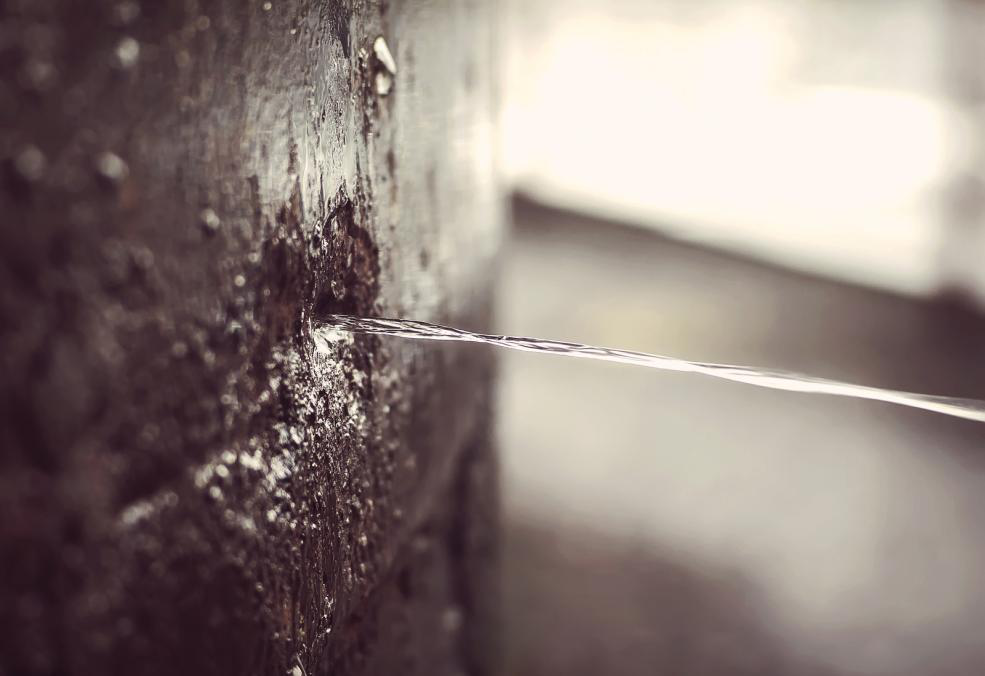How to Check If Your Home Has a Covert Leak
How to Check If Your Home Has a Covert Leak
Blog Article
In this article down the page you can locate additional awesome resources all about Leaking water lines.

Early discovery of dripping water lines can minimize a potential catastrophe. Some little water leakages might not be visible.
1. Take A Look At the Water Meter
Checking it is a proven means that assists you find leaks. If it moves, that suggests a fast-moving leakage. This means you might have a slow leakage that could also be below ground.
2. Inspect Water Intake
Analyze your water expenses and track your water intake. As the one paying it, you should notice if there are any type of discrepancies. If you find sudden changes, regardless of your usage coinciding, it indicates that you have leakages in your plumbing system. Bear in mind, your water expense must fall under the exact same variety monthly. An abrupt spike in your expense indicates a fast-moving leak.
Meanwhile, a consistent increase each month, despite having the same behaviors, reveals you have a sluggish leakage that's also gradually rising. Call a plumber to completely check your home, specifically if you really feel a warm location on your flooring with piping beneath.
3. Do a Food Coloring Test
When it comes to water intake, 30% comes from toilets. If the shade somehow infiltrates your bowl during that time without flushing, there's a leak in between the tank and also bowl.
4. Asses Exterior Lines
Do not fail to remember to inspect your exterior water lines also. Should water leak out of the connection, you have a loose rubber gasket. One tiny leak can squander bunches of water and spike your water bill.
5. Analyze the circumstance as well as check
Property owners must make it a habit to inspect under the sink counters and also even inside closets for any type of bad odor or mold development. These 2 warnings indicate a leakage so prompt interest is required. Doing regular examinations, also bi-annually, can conserve you from a significant trouble.
If you understand your house is currently old, keep a watchful eye on your heating systems, pipes, pipelines and so on. Look for discolorations as well as weakening as a lot of home appliances and pipes have a life span. They will likewise normally weaken due to wear and tear. If you presume leaking water lines in your plumbing system, don't wait for it to rise. Call a professional plumber today so you do not wind up with a terrible mess in your home.
Early discovery of dripping water lines can reduce a possible disaster. Some tiny water leakages might not be visible. Inspecting it is a proven means that helps you find leakages. One little leakage can waste lots of water and also increase your water costs.
If you suspect leaking water lines in your plumbing system, do not wait for it to rise.
How to Know If Your Home Has a Hidden Leak
Water Meter Reveals Inexplicable Water Usage
If you’d like to test whether or not there’s a leak somewhere in your home, you can do this using your water meter. Here is how to conduct the test:
Don’t use any water in your home for at least 30 minutes; this also means not turning on faucets or water-using appliances.
Go outside, and check your water meter for activity.
If your water meter shows that there was activity, even though no one was using any water, this proves that there is a leak in your home.Visible Mold or Mildew Growth
Leaks behind walls create moist, dark environments that allow mold and mildew to grow and thrive. Eventually, you might see mold growth forming on the wall closest to a hidden leak.
If mold is growing in an area that receives a high amount of moisture, such as a bathroom, it may simply be an indication that better ventilation is needed. However, if you see mold growth on a wall or the ceiling in an area where you would not expect, you probably have a hidden leak.
Musty, Mildew Odor
Sometimes you might not be able to see the mold or mildew that is growing as a result of a leak. However, the smell can give the problem away just as easily. If you catch a whiff of something musty, there’s a good chance that old water is collecting somewhere in your home that you can’t see.
Stained/Warped Walls, Ceilings, or Floors
When your home soaks up water, a variety of red flags can become visible, including ceiling stains, bubbling drywall, warped walls, and sagging floors. While these issues can be caused by excess humidity, they can also be signs that a pipe or plumbing connection has started leaking behind your walls.
Inexplicably High Water Bill
After a while, you get a general sense for what your water bill should be. If you own a pool or sprinkler system, your bill will tend to be higher during summer. However, if you receive a water bill that seems especially high, and you can’t figure out what caused it, then you may have a hidden leak somewhere that’s increasing your bill.
https://www.plumbingjoint.com/blog/2019/july/how-to-know-if-your-home-has-a-hidden-leak/

Do you enjoy more info about Top leak detection hacks? Put a remark down below. We would be interested to listen to your insights about this entry. Hoping to see you back again before long. Sharing is caring. Helping others is fun. I cherish reading our article about Top leak detection hacks.
Report this page